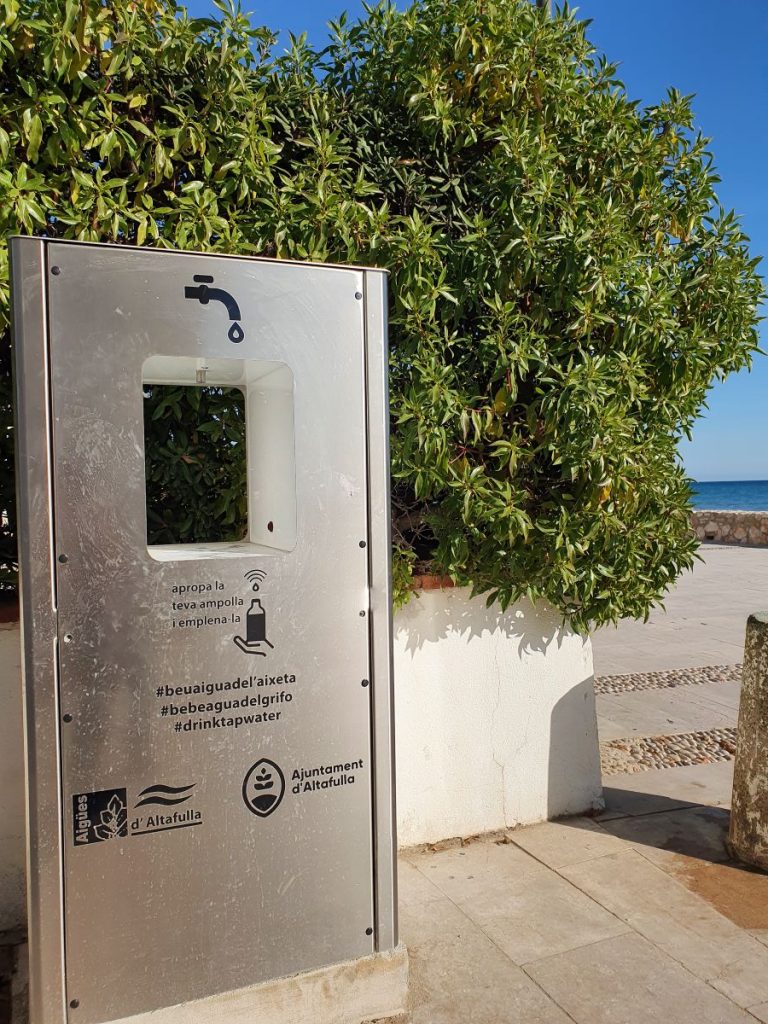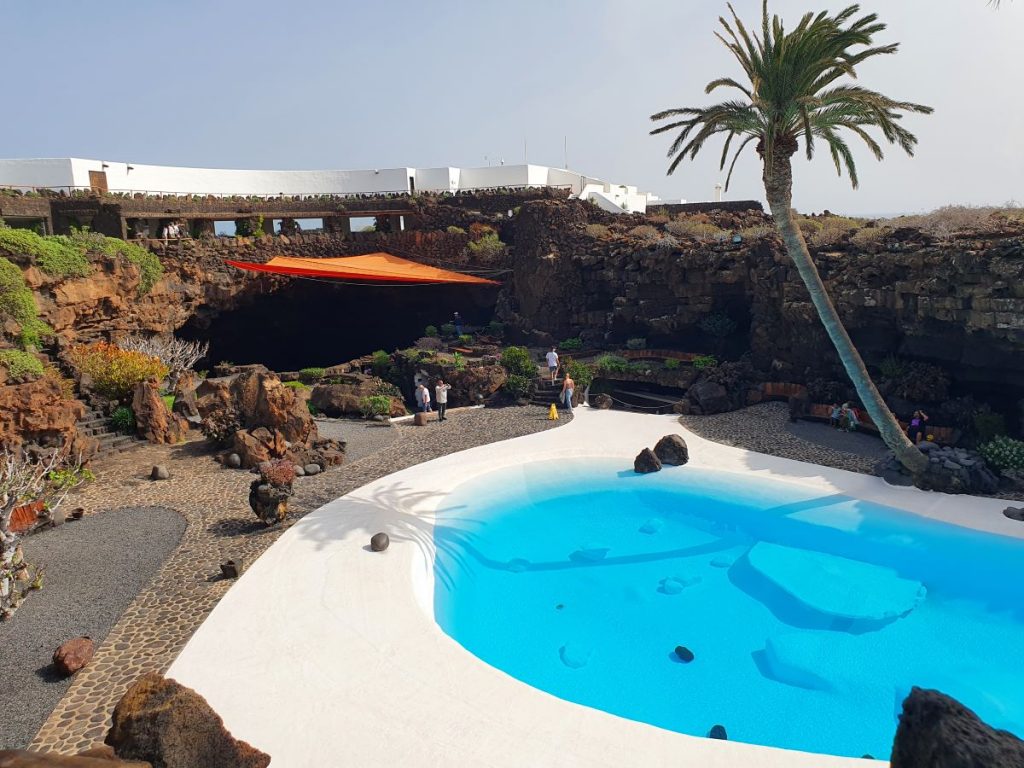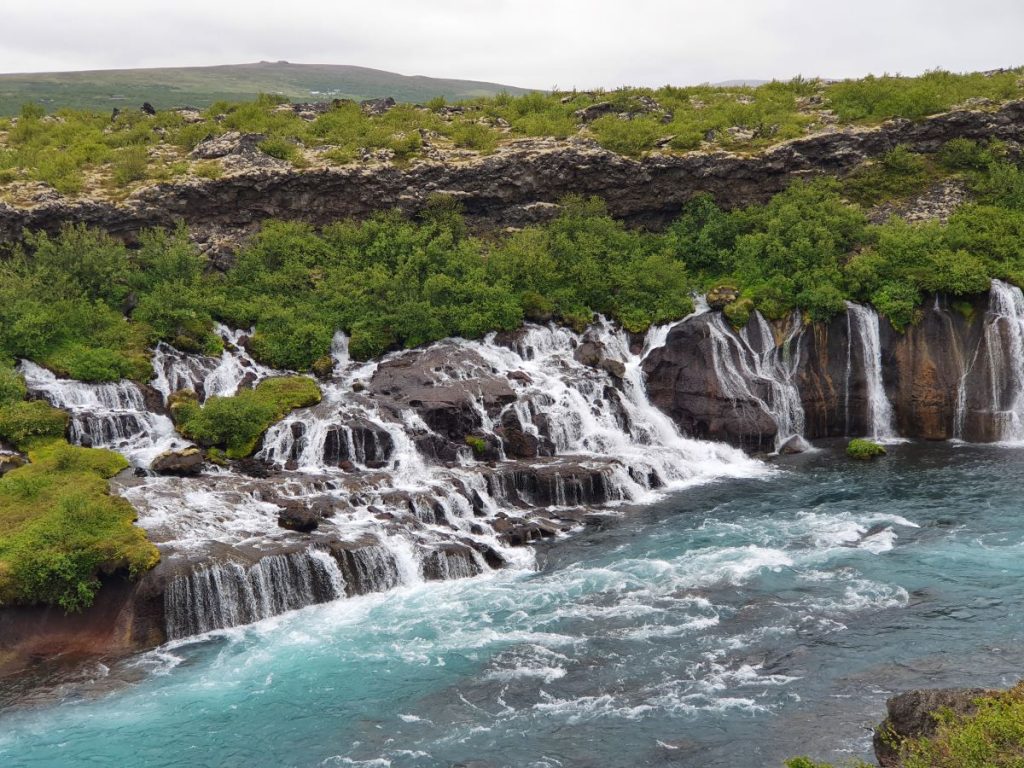|
Audio Version
Getting your Trinity Audio player ready...
|
Are you familiar with the concept of the water footprint? We often hear about reducing water consumption in our daily lives, but seldom about our indirect consumption, which is just as, if not more, important than our carbon footprint. In part two of our article on water we explain why.
Part 1, “The 8 best ways to save water at home“, dealt mainly with direct consumption. In part 2, we want to give you some tips on indirect water consumption and how to successfully save and treasure every drop of this scarce and precious resource that is water.
What is the water footprint?
Basically, it’s the water that we consume indirectly.
It’s also known as “virtual” or “hidden” water as we don’t see the water footprint of the jeans we wear or of the coffee we drink, for example.
Why is your water footprint important and why does saving water matter?
There is a lot of talk around the carbon footprint. That’s good, but it’s not enough. As we explained in a post on Planeta Sana’s Instagram account on World Water Day, fresh water is extremely scarce on earth so we need to be as concerned about it as we are about our carbon footprint.
At the end of the day, the water that comes out of the tap at home is only a tiny proportion of the water we use and waste every day in our western lifestyle.
Water scarcity is not only happening in faraway countries in Africa, Asia or South America. It’s also a problem in many parts of the northern hemisphere, like in the U.S or in France and Spain.
Water is needed for everything: agriculture, industry, and the energy sectors.
You can’t produce electricity without using a huge amount of water; and fracking is probably one of the worst practices in terms of water consumption, requiring tons of water to produce this dirty gas that we use now instead of Russian gas.
To give you an idea, between 1.5 million and 9.7 million gallons of water are needed to frack a single well in the US, according to the United States Geological Survey (USGS).
However, there is good news. Even in indirect consumption, you can leverage your impact and water footprint.
Without including the above-mentioned statistic in the recommendations below, we can still see that reducing our energy consumption is equally vital. But there are many other ways to reduce our water footprint!
Learn how to reduce your indirect water consumption for the environment:
1. Choose tap water over plastic bottles
It can’t be overstated. Plastic products require a lot of water to make.
It makes no sense at all: to manufacture a single half-litre bottle, you need 3 litres of water and 33 cl of oil…

2. Do away with packaging and buy loose
As we just mentioned, the manufacture of plastic is very water intensive. Unless you can’t find an alternative to the packaged product, choose loose!
We have started a sustainable and inclusive address book. If you know of any other shops that sell loose produce, please feel free to add them to our collaborative directory!
3. Reduce your water footprint by buying fewer clothes
According to this article from the United Nations, the textile industry is the second most polluting industry, both in terms of carbon and water footprints.
According to the Water Footprint Network, it takes about 10,000 litres of water to produce 1kg of cotton fibre. With 1kg of fibre you produce 1 T-shirt and 1 pair of jeans. That’s 2,500 litres for a typical T-shirt (250 grams of cotton), although these figures vary from source to source.
4. Reduce the water footprint of electronic devices
A good way to reduce your water footprint is to keep your devices for longer or buy them second-hand. The Earth will thank you!
It takes about 12,700 litres of water to produce your smartphone and 27,600 litres to produce your computer.

5. The water footprint of meat
If you eat meat, you should be aware that calculations have been made on its water footprint. These measurements are disputed because they are complex. There is blue water, grey water and green water, but without going into detail, it is certain that livestock farming is very water-intensive compared to growing fruit and vegetables.
It is therefore important not to eat meat in excess. One meat dish a day is more than enough, but if it isn’t, you could try reducing the portion size and accompanying the meat with more vegetables. This is also good for your health.



You should also be aware that not all meats consume water in the same way. Beef has the greatest impact, and chicken about 3 times less. However, it is often said that chicken farming pollutes the water more… So moderation remains the key.
6. Water consumption from plant foods
It is too simplistic to think that giving up meat is enough. Some foods need almost as much water as meat to produce, and some even twice as much as chicken…
Especially when they are out of season or produced in very dry areas.
An interesting example is the avocado, the cultivation of which is often disastrous for the environment – on several levels, including water.
For example, in Andalusia, which already suffers from drought, its cultivation causes significant water stress, according to this article but also mentioned in Le Monde.
We find another example in Chile: one kilo of avocados (about five pieces) requires 1,000 litres of water to produce.
Other water-intensive foods are:
- Almonds
- Chocolate (17,196 litres per kilogram of product).
- Coffee (15,897 litres per kilogram of product).
- Dried fruits (cashew nuts, pistachios, hazelnuts)
In comparison:
- Potatoes: 287 litres
- Lettuce: 237 litres
- Eggs: 3265 litres
- 1 kg of pork: 5988 litres
- 1 kg of chicken: 4325 litres
- 1 kg of eggs: 3265 litres
Source: Water footprint
7. Encourage the consumption of organic products
If you can afford it, of course… But options are expanding thanks to cooperatives (we are starting to list them in our address book), or you can grow your own produce in your garden if you have one.

In any case, a study conducted over the course of 22 years concluded that organic farming consumed about 30% less energy than conventional farming.
You can also read an in-depth report comparing pesticide-based and pesticide-free agriculture.
If you can’t afford to go organic, at least vote for policies that encourage it.
8. Avoiding waste to reduce your water footprint
All waste started out as products, which needed water to make. Whether it is plastic waste, as mentioned above, or food waste, the result is the same.
We drink very little water compared to the water we “eat” through our food consumption, as we have seen with the examples mentioned above. If, in addition, we throw them away, then it is just a “dry” loss, no pun intended…
The Food and Agriculture Organisation (FAO) explains that in 2007 food waste accounted for some 250 km3 of water wasted in vain. That’s about 3.5 times the blue water footprint of the United States, and about 3 times the volume of Lake Geneva…

A little reminder from Wikipedia:
Blue water is water collected for domestic, industrial and agricultural use. It is also known as fresh surface or groundwater, i.e. freshwater from lakes, rivers, wetlands and aquifers;
Green water is rainwater stored in the ground;
A green water footprint refers to the amount of water from precipitation that, after having been stored in the root zone of the soil (green water), is either lost by evapotranspiration or incorporated by plants. It is particularly relevant for agricultural, horticultural and forestry products.
Grey water is water polluted by production processes. It also refers to the amount of blue water needed to sufficiently dilute the waste water discharged and make the water available again for another use.
A grey water footprint refers to the volume of water that is required to dilute pollutants (industrial discharges, seepage from tailing ponds at mining operations, untreated municipal wastewater, or nonpoint source pollution such as agricultural runoff or urban runoff) to such an extent that the quality of the water meets agreed water quality standards.
If you want to go further in your ecological journey, you can calculate your water footprint on the Waterfootprint website.
We hope that these two articles have helped you to find plausible ways to save this blue gold which, too often, we take for granted in today’s societies and which we so urgently need to preserve.


This is such an interesting read and highlights a lot of things to really think about with regards to water which so many of us just take for granted.
Had not heard of this concept before. That’s really smart and important to consider! Thank you for sharing the information in an easy to understand format, it’s something I think will play a role in helping the environment we live in.
Water is highly underestimated. It’s vital to life, as we can’t live without it! Save water and make good use of it for everyone to have enough.